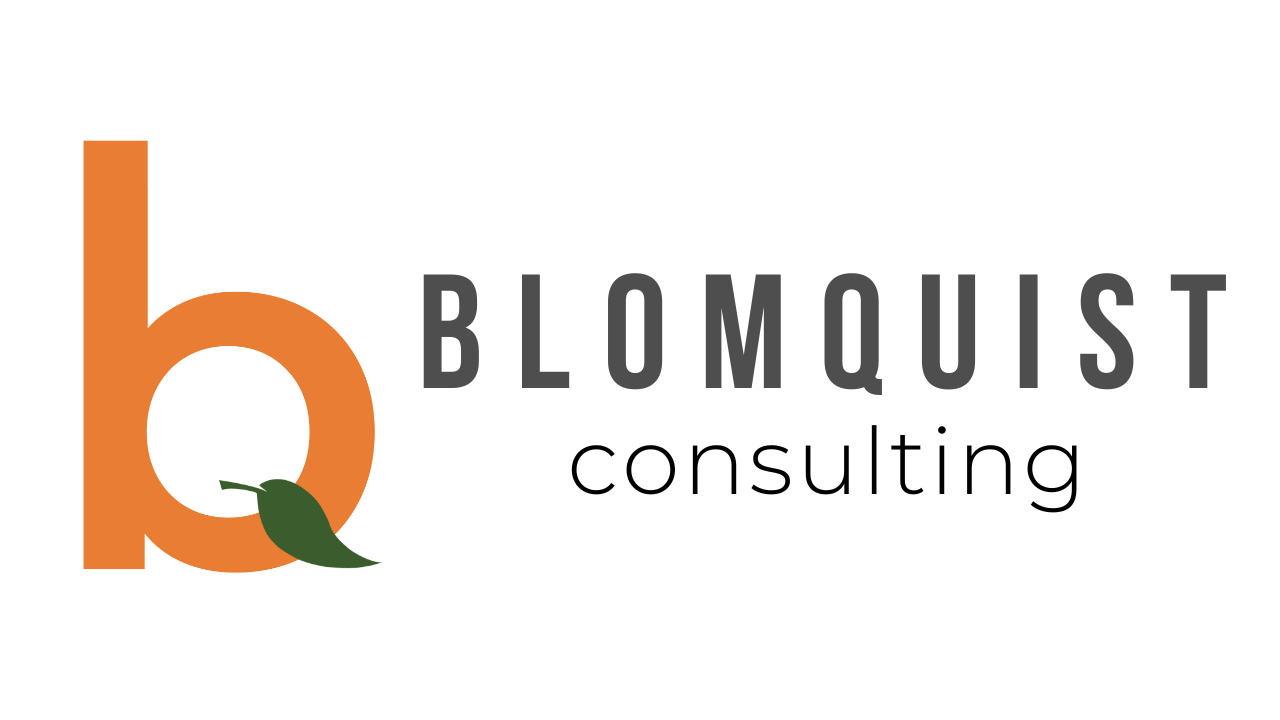Finding the Right Fit for Your Business
There are 5 main types of HRIS software that HR professionals utilize to save time and gain valuable insights. Each type of HRIS software offers different solutions and efficiency-boosting benefits, and determining which kind is best for your organization can be a difficult task. With the right product, however, HR professionals are rewarded with an immense ROI by leveraging these tools in developing strategies or solutions for hiring, employee development, performance management, compensation, and internal cost analysis.
We’ve created this guide to help you learn about the types of HRIS software and its primary benefits. We’ll discuss the types of data they house, the differences between comprehensive and limited software, and the common classifications HR professionals use when evaluating HRIS products.
The 5 Types and Their Functions
All HR information systems fall into five main categories based on their primary functions and use cases. In some instances, businesses may use multiple stand-alone subsystems to work together in creating an aggregated view of HR data. In other cases, businesses may adopt a single tool to collect and report data with a specific goal.
Whether comprehensive or limited-scope, or qualitatively classified as operational, strategic, or tactical, they all offer the benefits of automation and a centralized database; allowing HR professionals to make more informed decisions and accentuate the impact on their organizations.
#1 – Operational
Operational HRIS products serve talent management needs. These products are used to provide HR professionals with the information needed to perform promotions, performance management, applicant tracking, and internal job posting activities. They prioritize the investment and development of employees and are often relied on during economic uncertainty or to optimize time spent on people management.
Many organizations can benefit from using an operational system as they bolster standard HR functions. Operational HRIS software is best for organizations that lack efficiency in managing employee data or want deeper insight into employee performance.
The three main subgroups of operational software are:
- Employee Information Systems
- Internal Job Posting
- Performance Management Systems
#2 – Strategic
Strategic HRIS products support executive decision-making and future planning by curating information regarding workforce planning. These products allow HR professionals to address turnover, specialized hiring needs, and available labor resources.
For growing businesses that want to focus on strategic growth or expansion and data-driven decision-making, strategic systems are likely a good choice. They support managers by managing data such as market information, recruiting, and operational budgeting.
The main subgroups of strategic software are:
- Job Analysis and Design
- Recruiting Information Systems
- Learning and Development, or Learning Management Systems (LMS)
#3 – Tactical
Tactical HRIS software prioritizes data regarding internal resource management. These products house information about compensation and benefits management, and external data aggregation such as legal requirements requiring employee data privacy. They provide data on internal functions such as recruiting, training, compensation, and vacancies; and external figures like union information, competitor data, government requirements, and so on.
For organizations that need support making big-picture, macro-level decisions, tactical systems are incredibly effective. If operating on a tighter budget, companies will want to prioritize improving HR efficiency and leveraging the information tactical systems provide to make informed decisions about investment, usage, and allocation of resources.
The main subgroups of tactical software are:
- Compensation and benefits management
- External data aggregation
#4 – Comprehensive
Comprehensive HRIS software supports operational, strategic, and tactical HR functions combined. As the classification suggests, these systems house a breadth of data in a single integrated software. They allow HR professionals to create reports from any or all of the combined application programs by utilizing database management technology.
Larger businesses are the best fit for comprehensive HR information systems as they are slightly more expensive and require more resources and training to integrate and operate. Many of these products, however, serve nearly any HR function and can transform an HR department to make more efficient, informed decisions.
Comprehensive HRIS software supports many HR activities, including:
- Employee information
- Compensation and benefits
- Job analysis and design
- Employee safety guidelines
- Recruitment and hiring
- Learning and development
- Performance management
- Labor availability and skills allocation
#5 – Limited or Specialized HRIS
Limited or specialized HRIS focus on one or a few core functions of HR data. These are not designed to benefit strategic planning or tactical management. The main benefit of this type of system is that they allow HR professionals to easily automate and operate granular functions.
For smaller businesses or organizations with a finite HR department, limited HR information systems offer focused support and are less expensive. They are easy to operate and can be used effectively by even a single HR manager.
Common functions of Limited HRIS include:
- Employee Information Systems
- Training Software
- Benefits Management
- Payroll Administration
How to Choose
To determine which type of HRIS is best for your organization, start by identifying the functions needed most and how the data it collects will be used. If the system is to contribute to lateral growth or upward expansion, consider strategic software. Operational HRIS is best for organizations looking to focus on workforce development. To support informed decision-making about how to best use existing resources, tactical systems are likely the best choice.
Along with function, businesses must consider their HR priorities and long-term organizational goals. As a company grows as will its data, both in quantity and type. It will require a more comprehensive system to effectively handle all of that information. Businesses that only need one or two core functions should look at limited-function or specialized options.
Ultimately, the right types of HRIS will depend on the unique needs and goals of your organization. Keep current and future targets in mind, and consider leaning on a comprehensive evaluation to guide the process of selection, integration, and training.



